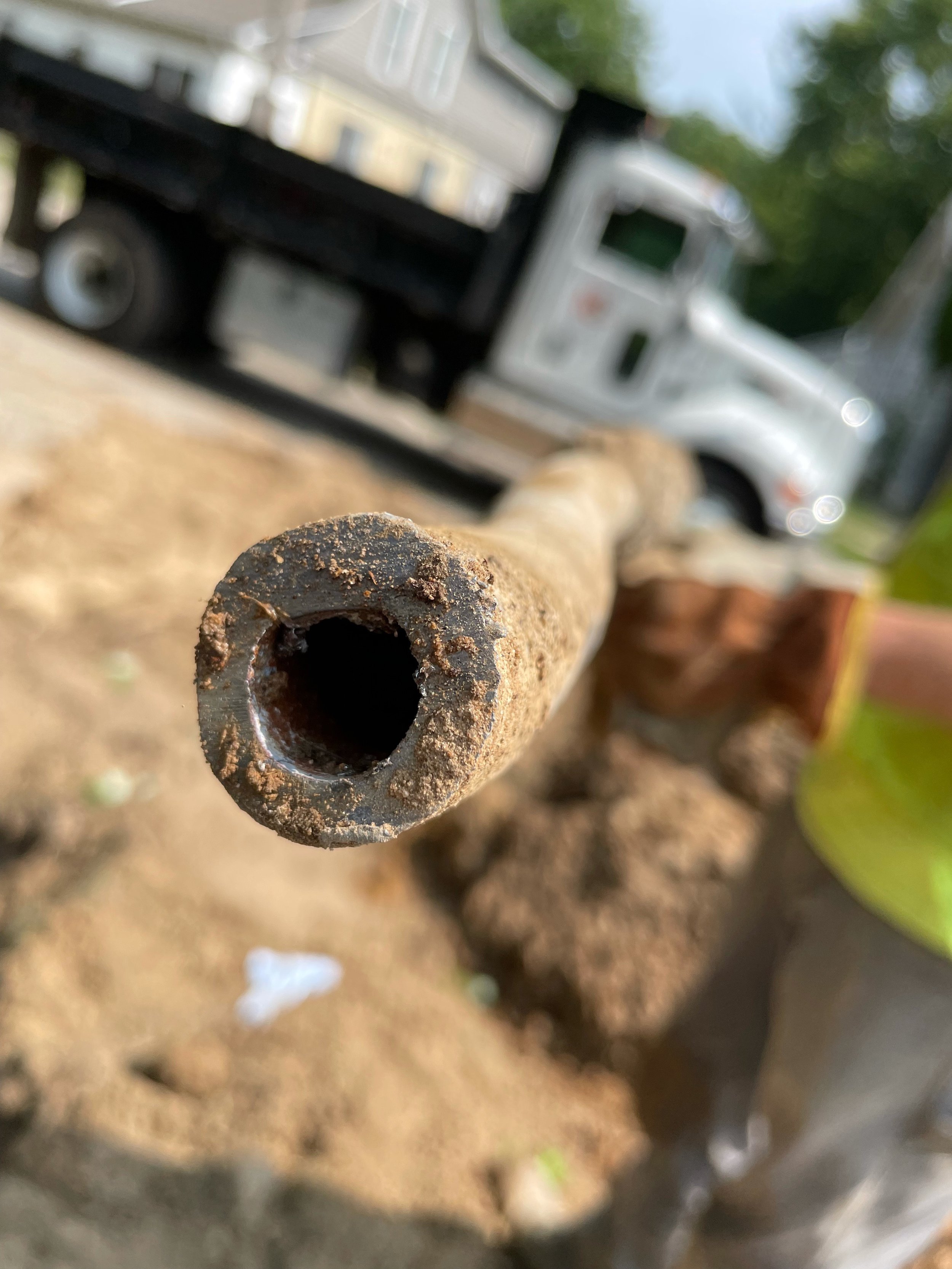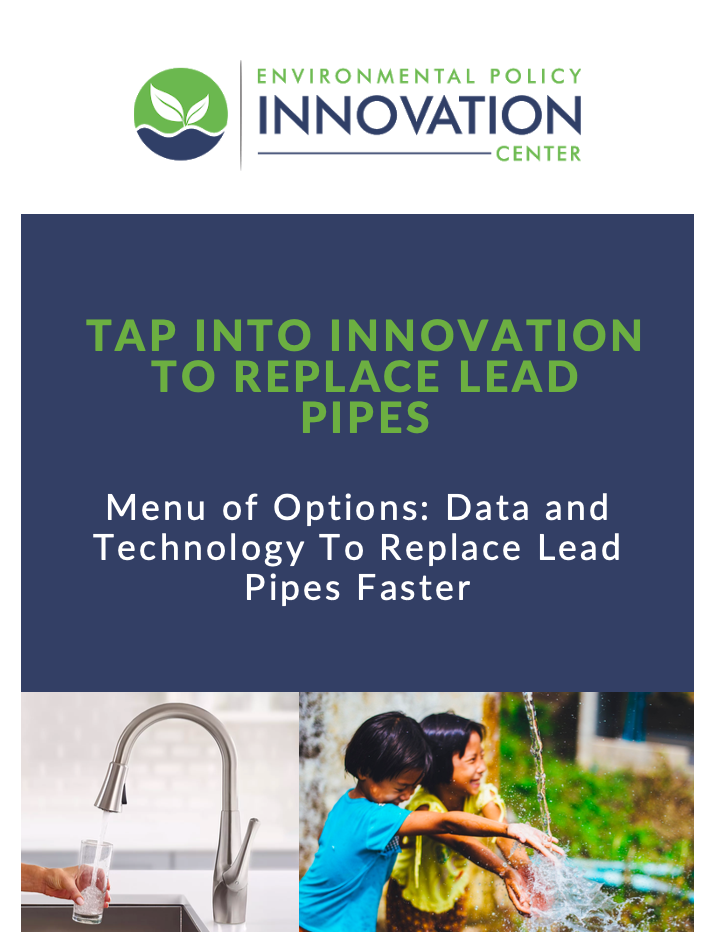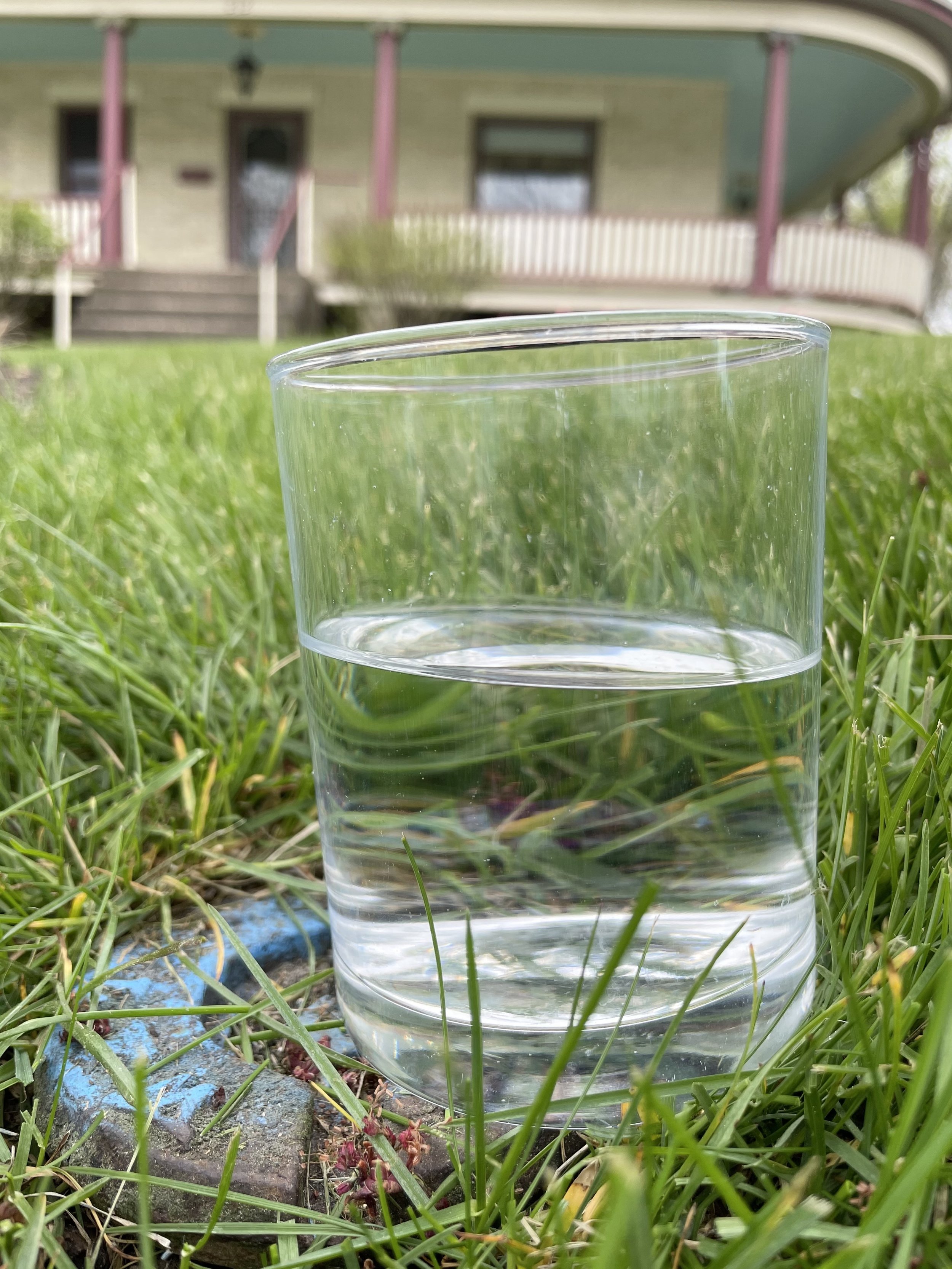Lead-Free Water Data & Technology
Understanding What’s Working and What’s Not
With additional federal funding and regulations in the backdrop, EPIC closely monitored lead service line identification and replacement programs around the country alongside many of our partners. We hope to collect data on lead service line replacement programs, policies, and funding to try to answer the following questions:
How are costs controlled and local benefits retained at a local level?
What’s working and not working in terms of regulations and policies?
How funding is being allocated at the state level?
How is federal funding for lead service line replacement flowing (or not) to states and communities?
Are municipalities prioritizing overburdened, under-resourced communities, and how?
Tracking Federal Funding for Lead Service Line Replacement
In collaboration with Environmental Defense Fund and the Massive Data Institute at Georgetown University, EPIC has launched an effort to monitor and track the new influx of federal funding in the Infrastructure Investment and Jobs Act (IIJA) of 2021 through Drinking Water State Revolving Funds. We are aiming to understand how states intend to prioritize their state allocations through Intended Use Plans (IUPs) and which communities are on states’ Priority Project Lists (PPLs). As part of this work, we have released a public-facing dashboard. This work will also set us up to be able to track these funds over the five-year cycle of IIJA funding.
Data and Technology for Faster Lead Service Line Replacement
Nearly all aspects of lead service line replacement - from record keeping to inventories and public outreach - benefit from emerging and new technologies and practices. EPIC will continue to look for ways to make these innovations more accessible to communities who need and want them, and ensure decision makers incorporate them into strategies and policies.
With the 2021 Water Data Prize, EPIC sought to spur ideas and innovation around replacing lead pipes by focusing on new tools, templates, and technologies. See the following publications in our Tap Into Innovation series for more on the best ideas from prize submissions and our work at the intersection of lead pipes, data, and technology:
Results & Recommendations for Water Utilities and Regulators from the 2021 Water Data Prize
Menu of Options: Data and Technology to Replace Lead Pipes Faster
Replacing the nation’s lead pipes over the next decade is no easy feat. If you would like to partner on any of this important work, we would love to hear from you!







